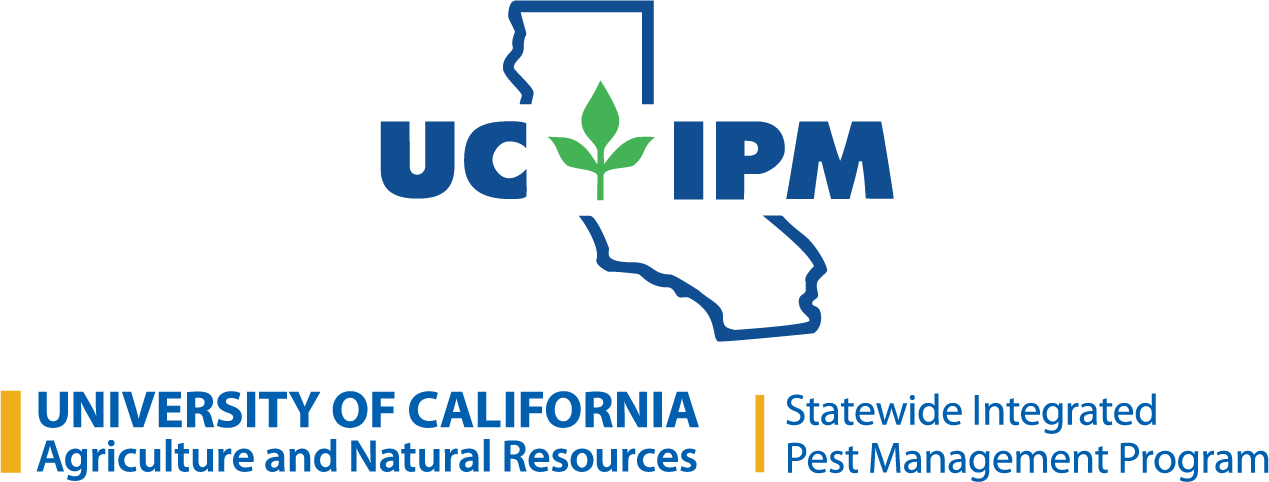Crinkle leaf (cherry crinkle) is a genetic disorder that is a serious problem of the Bing and Black Tartarian varieties.
Identification
Leaves that develop from affected buds have irregular, deeply indented margins and are distorted. They are light green overall or mottled. Leaf symptoms are most pronounced early in the growing season. Symptoms become difficult to see by June or July.
Blossoms are commonly deformed with discolored, small flower parts. Some affected flowers do not completely open. Their petals turn reddish brown and cling to the spur for several weeks.

Disorder Development
Crinkle leaf is caused by a spontaneous mutation that occurs within buds. It can develop in previously symptomless trees. It can be spread when wood from branches affected by crinkle leaf is used for budding or grafting.
Damage
Crinkle leaf can greatly reduce the yield abundance and fruit quality of cherries. Fruit production is low and fruit that do form are pointed and small and have atypically long or short stems. On affected fruit, the suture (the crease or indent along the side of fruit) may be raised. The misshapen fruit ripen unevenly.
Solutions
Plant Lambert and Napoleon (Royal Ann) varieties, which are not susceptible to this disorder. Do not use wood from affected trees for budding or grafting. Inspect trees closely during their first 5 years. Remove any branches that develop symptoms and top-work (graft) them with disease-free scion wood. If tree performance is not satisfactory replace it. There is no cure for cherry trees with crinkle leaf.
References
Adapted from Integrated Pest Management for Stone Fruits and Pests of the Garden and Small Farm: A Grower's Guide to Using Less Pesticide, University of California Statewide Integrated Pest Management Program (UC IPM).
